| Navigation | Gattungsnamen können mit 3 Buchstaben abgekürzt werden, z.B. Bel peren | Genus names can be abbreviated by 3 letters, e.g. Bel peren | |
| Brachypodium sylvaticum (HUDS.) P.BEAUV. |
| Fam.: Poaceae \ Süßgräser / Grass Fam.
|
| Gattung / Genus: Brachypodium P.BEAUV. |
Zu Fig. 39: Gras-Kernpilze der Gattung Epichloë leben endophytisch in verschiedenen Grasarten, die den Pilz schon von ihren Eltern mit dem Samen übertragen bekommen. Anfangs ist die Beziehung zwischen Gras und Pilz symbiotisch: Das Gras gibt dem Pilz Lebensraum und Nahrung, während der Pilz Alkaloide bildet, die Insekten und Säugetiere vom Fressen des Grases abhalten. Wenn sich jedoch der auffällige weißliche Belag an einer Scheide des Grases bildet, das Stoma des Pilzes, hat der Pilz die Oberhand gewonnen, und schwächt das Gras, sodass es unter Umständen nicht mehr blühen und fruchten kann. On Fig. 39: Fungi of genus Epichloë live endophytically in various grass species, which receive the fungus from their parents via their seeds. Initially, the relationship between grass and fungus is symbiotic: the grass provides the fungus with habitat and food, while the fungus produces alkaloids that prevent insects and mammals from eating the grass. However, when the conspicuous whitish coating forms on a sheath of the grass, the stoma of the fungus, the fungus has gained predominance and the grass is weakened, so that it may no longer be able to flower or bear fruit. |
| Autoren / Authors: | |||
| William Hudson (1730 - 1793), britischer Apotheker + Botaniker / British pharmacist + botanist | |||
| Ambroise Marie François Joseph Palisot de Beauvois (1752 - 1820), französischer Naturforscher / French naturalist | |||
| Etymologie / Etymology: | |||
| Brachypodium: | brachys = kurz, podion = Füßchen / brachys = short, podion = little foot | ||
| sylvaticum: | im Wald wachsend / growing in the wood | ||
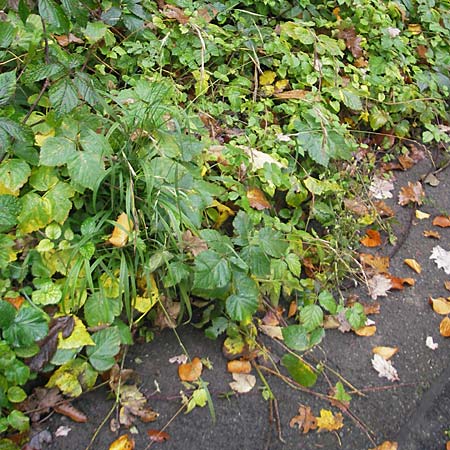 | ||
|
 | ||
|
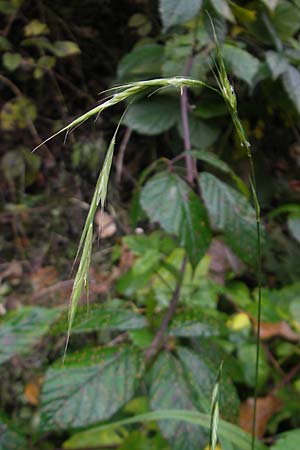 | ||
|
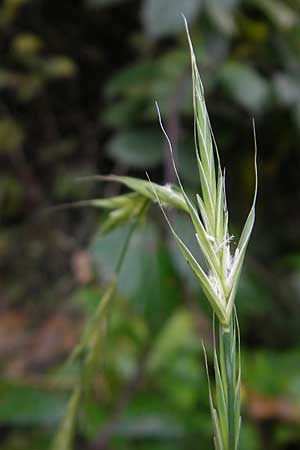 | ||
|
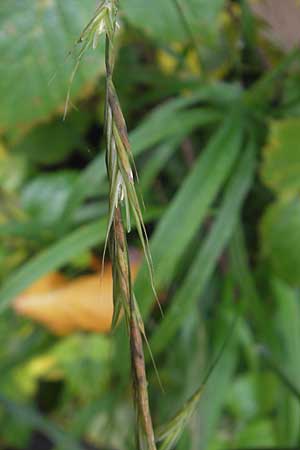 | ||
|
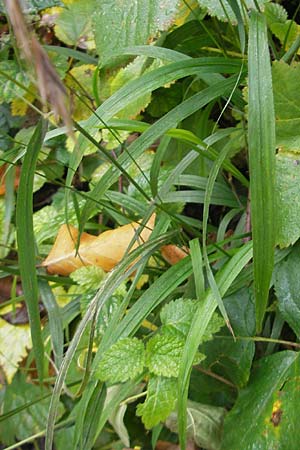 | ||
|
 | ||
|
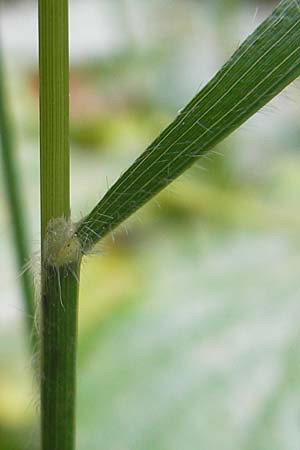 | ||
|
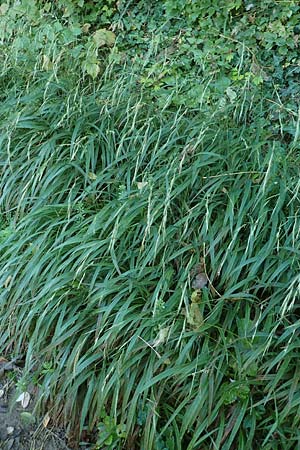 | ||
|
 | ||
|
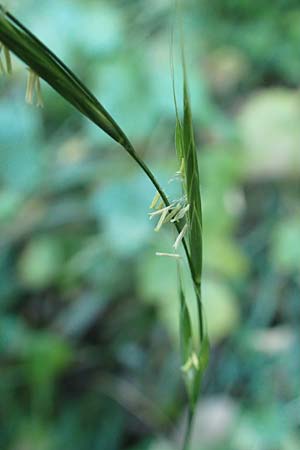 | ||
|
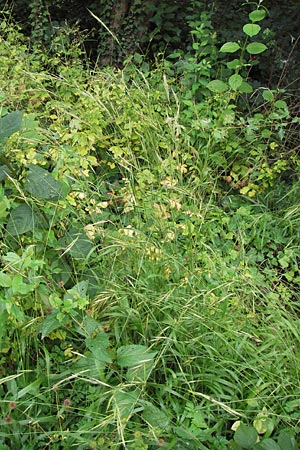 | ||
|
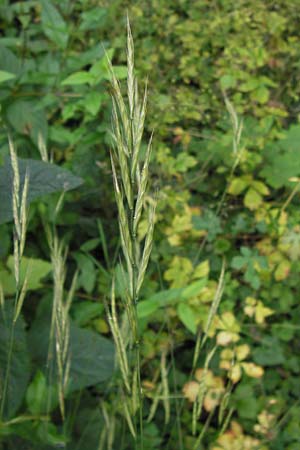 | ||
|
 | ||
|
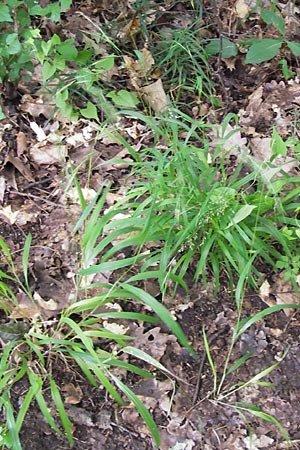 | ||
|
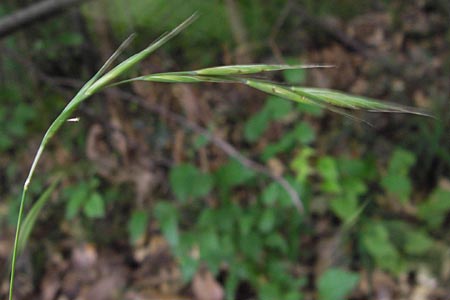 | ||
|
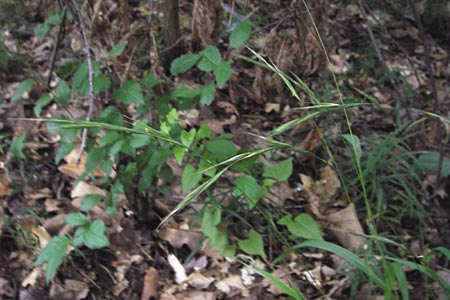 | ||
|
 | ||
|
 | ||
|
 | ||
|
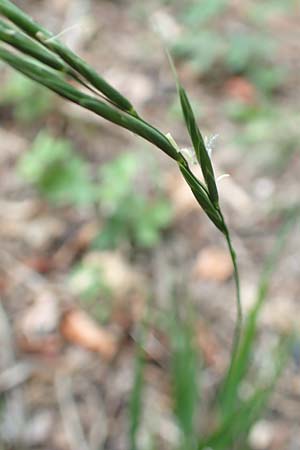 | ||
|
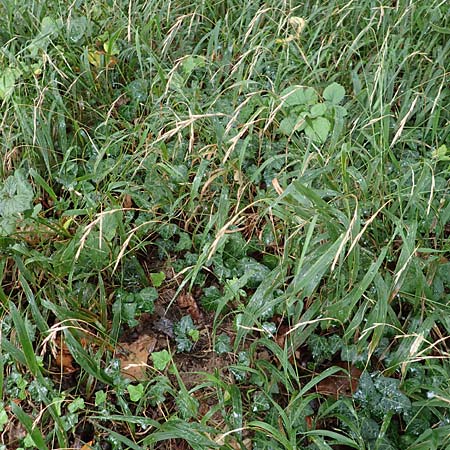 | ||
|
 | ||
|
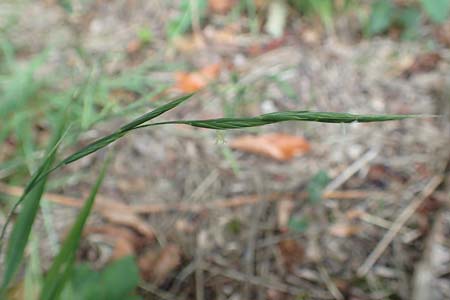 | ||
|
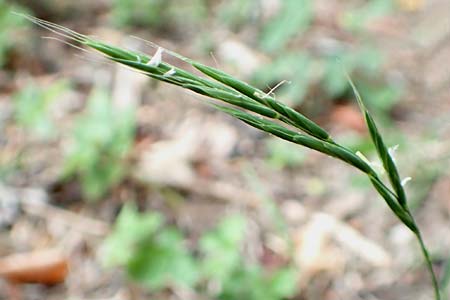 | ||
|
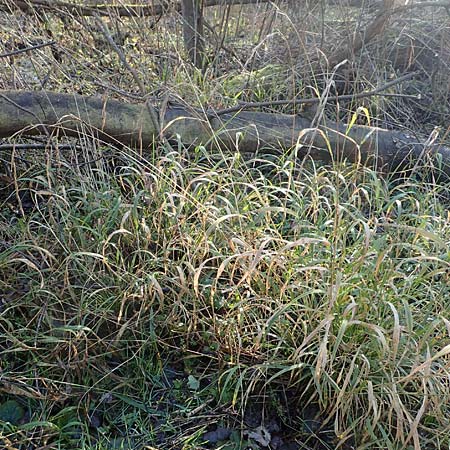 | ||
|
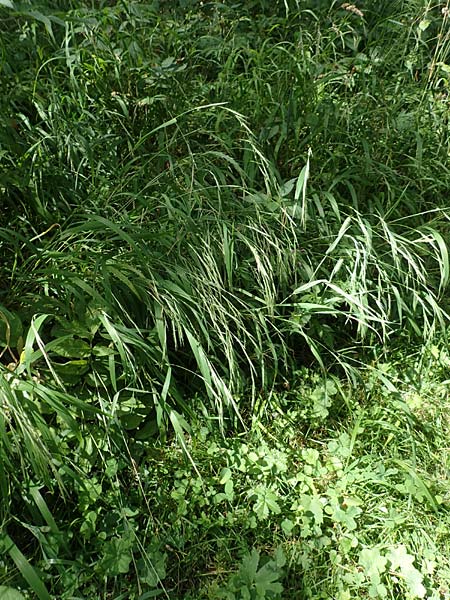 | ||
|
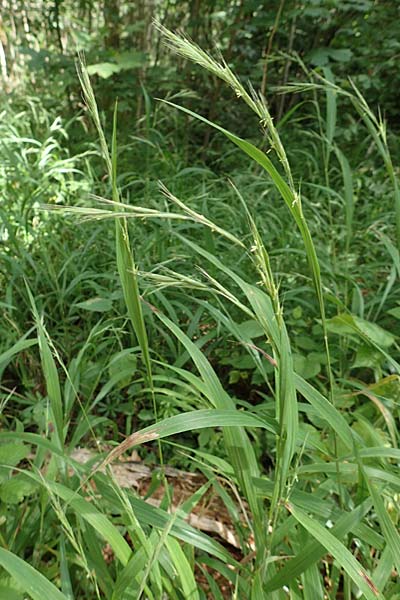 | ||
|
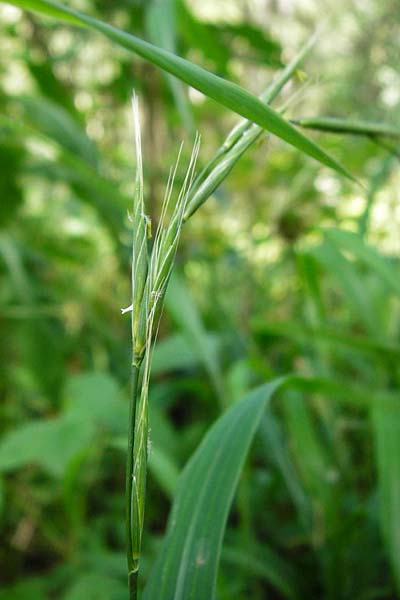 | ||
|
 | ||
|
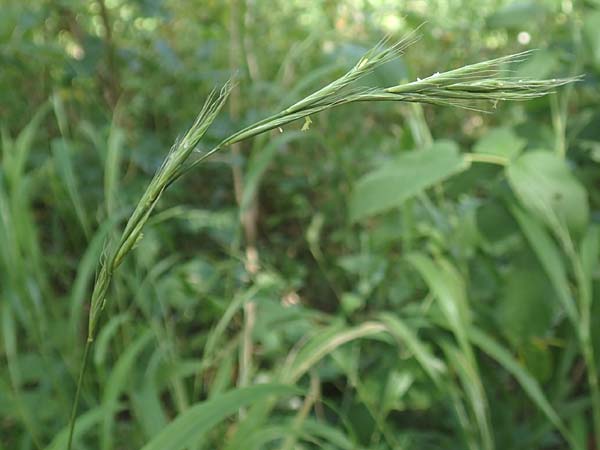 | ||
|
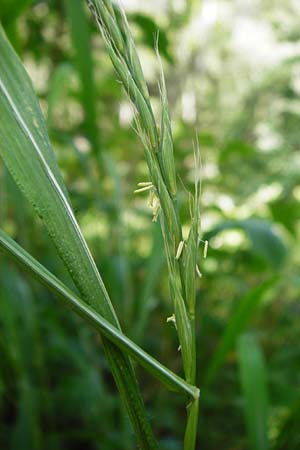 | ||
|
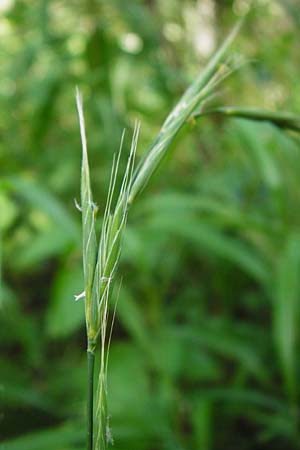 | ||
|
 | ||
|
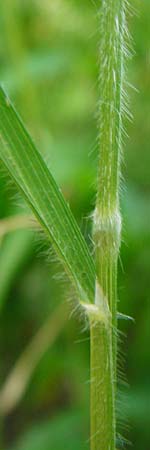 | ||
|
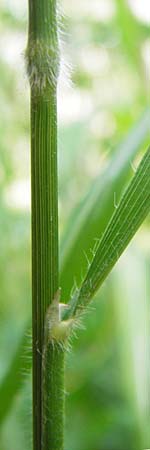 | ||
|
 | ||
|
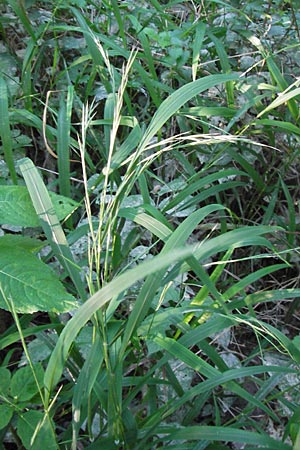 | ||
|
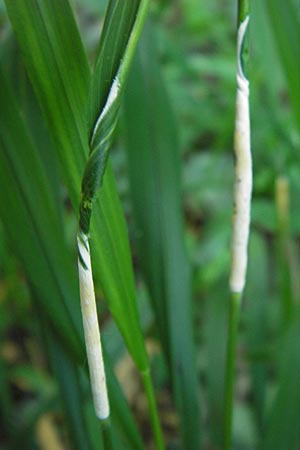 | ||
|
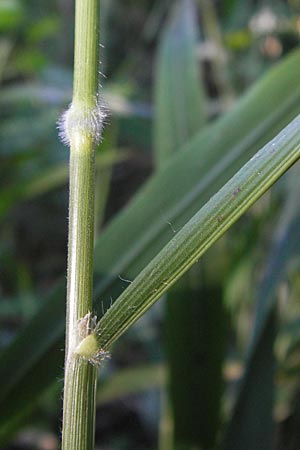 | ||
|
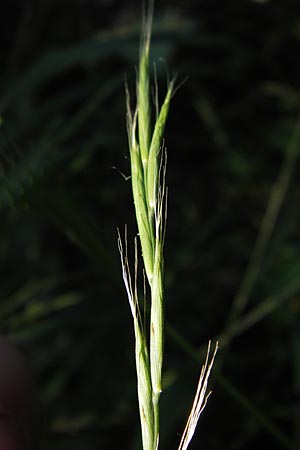 | ||
|
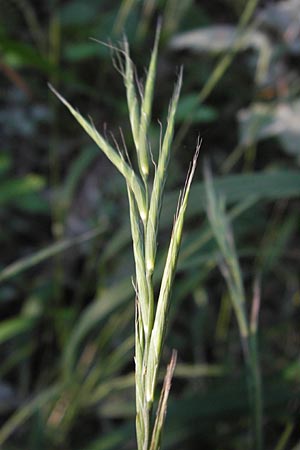 | ||
|
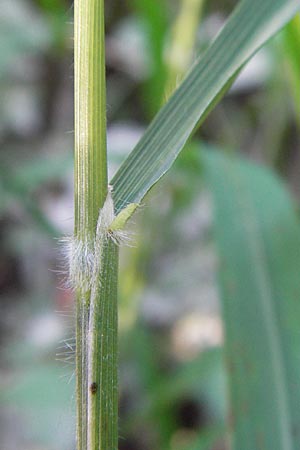 | ||
|
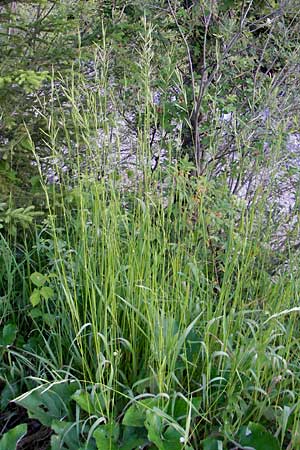 | ||
|
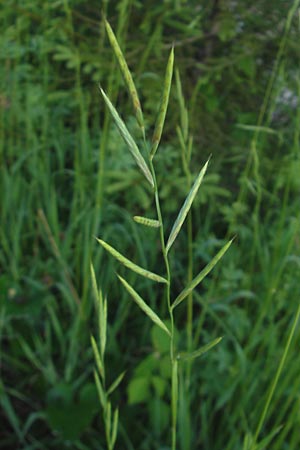 | ||
|
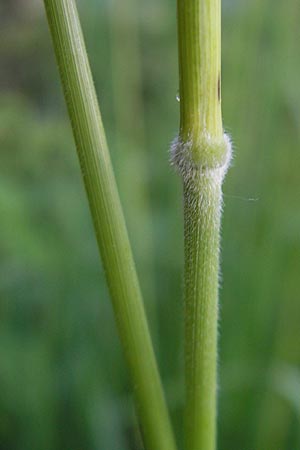 | ||
|
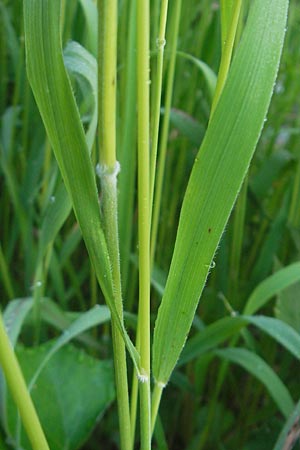 | ||
|
|
Nach oben
To top |
|
Startseite
Start page |
|
Inhalt
Contents |
|
Orchideen
Orchids |
|
Andere Pflanzen
Other Plants |
|
Pflanzen nach Familien
Plants acc. to Families |
|
.. Verwandtschaft:
.. Relationship: |
|
APG
APG |
|
trad.
trad. |
|
.. wiss. Namen
.. Scientific Names |
|
.. deut. Namen
.. German Names |
|
.. engl. Namen
.. English Names |
|
.. Blütenfarben
.. Bloom Colors |
|
.. Blütenbau
.. Flower Anatomy |
|
.. Blattform
.. Leaf Form |
|
.. Regionen
.. Regions |
|
.. Aufn.-Monat
.. Photo Month |
|
.. Früchten + Samen
.. Fruits + Seed |
|
.. Wurzeln + Knollen
.. Roots + Bulbs |
|
Schädlingsbefall + Missbildungen
Pest Infestation + Deformations |
|
Bäume
Trees |
|
Sträucher
Bushes |
|
Wasser-Pfl.
Water Plants |
|
Kletter-/Schling-Pfl.
Climbers + Twiners |
|
Nutz-Pfl.
Useful Pl. |
|
Zier-Pflanzen
Ornamental Pl. |
|
Farb-Var.
Color Var. |
|
Mehrere Kriterien
Multiple Criteria |
|
Biotope + Gruppen
Biotopes + Groups |
|
Botan.Links
Botan.Links |
| Copyright: Verwendung der Bilder und Texte nur mit schriftlicher Genehmigung des Autors. |
| Copyright: Use of the images and texts only with the author's written permission. |